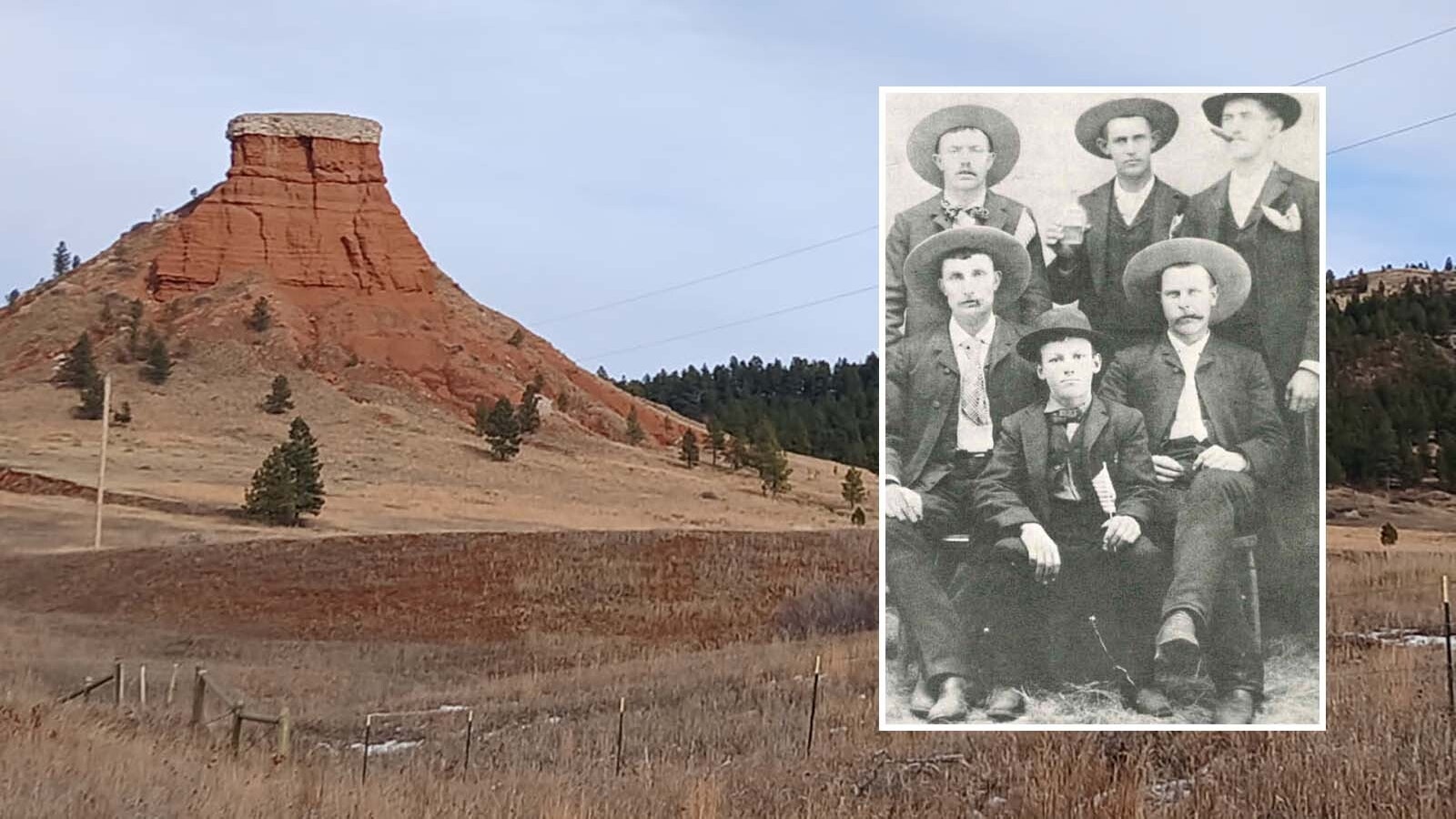Chinese immigrants are recognized for the crucial role they played in helping to build the first transcontinental railroad in the United States in the 1860s, but their experiences living in small towns across the West have been largely untold.
That’s where Mark T. Johnson gets involved.
The Montana author and historian, who is a professor at the University of Notre Dame, has been working to tell the real stories of Chinese immigrants, included in his 2022 book “The Middle Kingdom Under the Big Sky,” and in a forthcoming illustrated history book that will be published sometime in 2026.
Johnson is also hosting a handful of events across Montana this year where he dives into stories from historic Chinese communities around the state.
“I think it’s increasingly important to remember and tell their histories well,” Johnson said of Montana’s 1800s-era Chinese residents. “Sadly, our state had a lot more diversity back then than it does now.”
Montana’s 1800s-Era Chinese Population
At their peak in the 1870s, Chinese residents accounted for about 10% of Montana’s population; today, people of any Asian descent make up only 1.1% of the state’s population.
There are still some tangible reminders of Montana’s Chinese history, particularly in Butte, where the population totaled as much as about 1,000 people in the 1890s, making it the largest Chinese community in the Rocky Mountain region.
Butte is home to the Pekin Noodle Parlor, which is the oldest continuously operated Chinese restaurant in the country. There’s also the Mah Wah Museum there, which has thousands of artifacts from the Chinese residents who often earned a living by working in the mines, laundry facilities, restaurants or from gardening.
Elsewhere across the state, however, the evolution and growth of towns has wiped away much of Montana’s rich Chinese history, Johnson said. That’s why he thinks it’s so important to recover the stories of this once-robust population in their own words and share it with modern-day Montanans.
“I’m always pleased with how excited people are to learn about Montana’s past,” Johnson said. “There’s a real hunger to know the facts and contributions and how diverse our origins in this region really were.”
History, Good and Bad
Not all history is pleasant to reflect on with time. Wyoming, California, Washington and Oregon saw deadly riots, or even massacres of Chinese immigrants, as was the case Sept. 2, 1885 in Rock Springs, Wyoming.
That was the day 28 coal miners were shot or beaten to death, their homes burned and, according to newspaper reports from the following days, as many as 500 people were driven into the hills west of town.
No one was ever prosecuted for the crimes committed that day, which was the climax of a Union Pacific labor dispute.
While there wasn’t a comparable “bloodletting” in Montana, racial and cultural animosity was rampant, Johnson said. “It was hard to be Chinese in the American West.”
But there are also stories that speak to the grit and cultural pride of Montana’s Chinese population in the 1800s. For example, a pair of men embarked on a roughly 250-mile round trip journey from Neihart to Helena in the winter to celebrate the Lunar New Year with their fellow countrymen, while elsewhere in the state the Chinese residents welcomed their neighbors into their cultural celebrations.
A Box Of Untold Stories
Johnson became intrigued about the lives of the Chinese in Montana while he was teaching in Shanghai and spending his summers in Montana. One day he stumbled upon a large box of documents at the Montana Historical Society in Helena that had never been translated.
Working with his students at the time, Johnson was able to translate letters to some of the Chinese residents in Butte from their families back home. That shed new light on the Chinese experience in Montana, including the struggles they faced.
That information was highlighted in his prior book. Now, Johnson has teamed up with his son and an illustrator to create an illustrated history of the Chinese experience in Montana, which he hopes will appeal to an even broader audience.
Johnson said he’s found that audiences across the state of varying ages are receptive to honoring the diversity that was inherent to the development of the American West — and hopes that it will inspire other people to explore the histories of other immigrant communities.
“I went down this path just because I found some interesting documents,” he said. “There are other stories waiting to be told.”
















